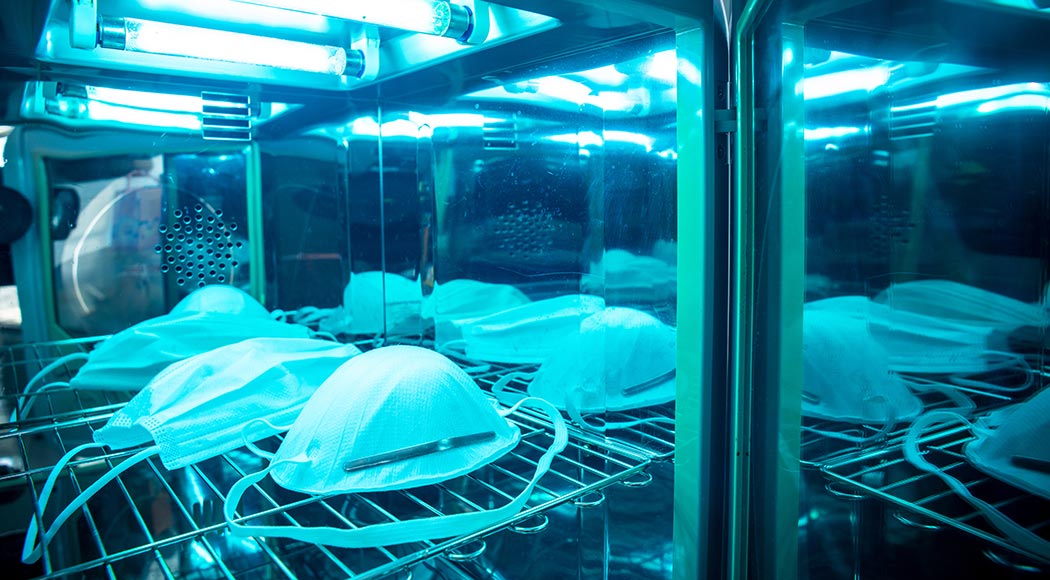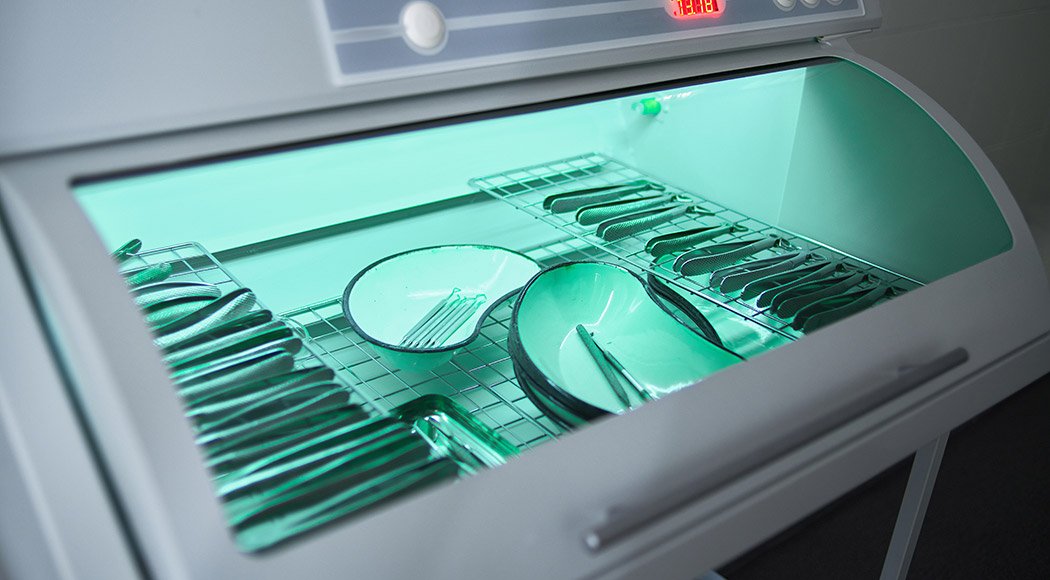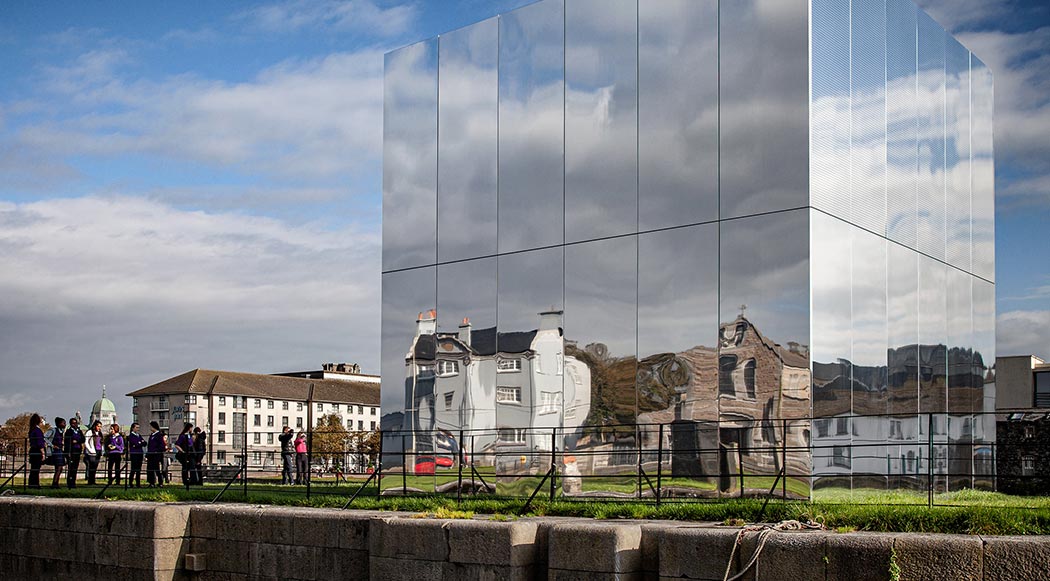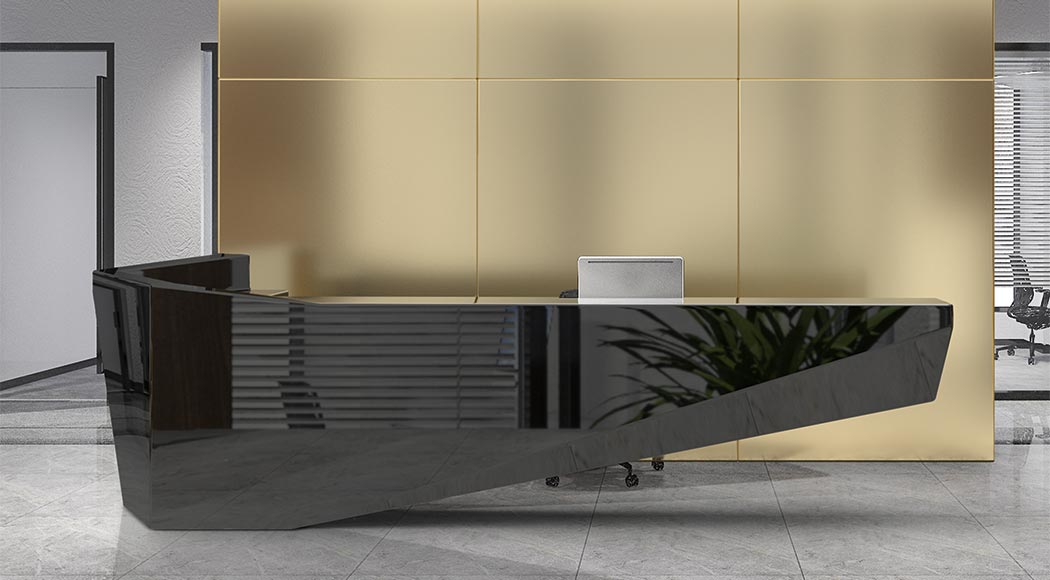
Ultraviolet reflective metals for UV-A/B and UV-C
Airborne microbial diseases are a growing challenge to public health. The most common of these include influenza, plus bacterial diseases such as tuberculosis, which are occurring in increasingly drug resistant forms, and of course Covid-19.
To help society combat these growing threats we’ve developed an innovative reflective metal material, which is designed to be used specifically with ultraviolet (UV) disinfection and sterilisation lamps and systems, such as sanitising robots.


UV-C at 207 to 222 nm
It is widely understood that ultraviolet light has the ability to deactivate bacteria and viruses. Although the use of ultraviolet light in indoor public locations has been limited due to a potential risk to human health, recent studies have shown that UV-C light, at a wavelength between 207 and 222 nm, will deactivate bacteria without creating a risk.
At low dosage rates, UV-C light will not penetrate the outer layers of human skin but will effectively deactivate bacteria and viruses. For example, at a dose of 2 mJ/cm² at 222 nm UV-C will inactivate up to 95% of airborne viruses.
Reflecting 200 to 222 nm UV-C wavelengths
To improve the operation and efficiency of ultraviolet disinfection and sterilisation lamps and systems we have developed a unique solution: MIRO® UV.
This is available in two versions, for use with either UV-C or UV-A/B. The new material has a spectral light reflectivity of 90%, which is considerably greater than conventional anodised aluminium. In addition, MIRO® UV is designed to have an operating life of at least 1,000 hours with just a 1% degradation in performance.
Reflective Metal Surfaces
We have the most comprehensive range of reflective metal surfaces and materials available from any supplier.
Decorative Metal Surfaces
Our decorative metal surfaces offer exciting design solutions for both internal and external applications.


